The Meaning of Haleakalā for Hawaiians


Aloha! | E Komo Mai
Why Is Haleakalā Important to Hawaiians? This volcano isn’t just pretty; it’s spiritually and culturally significant to the Hawaiian people. Want to know the meaning of Haleakalā for Hawaiians? This is what you’ll find in this guide.
That’s right, for us Hawaiians, Haleakalā National Park is a sacred place. For generations, this dormant volcano has been a place where the physical and spiritual worlds meet.
This is evident in everything from old stories to the natural wonders and hiking trails within Haleakalā National Park.
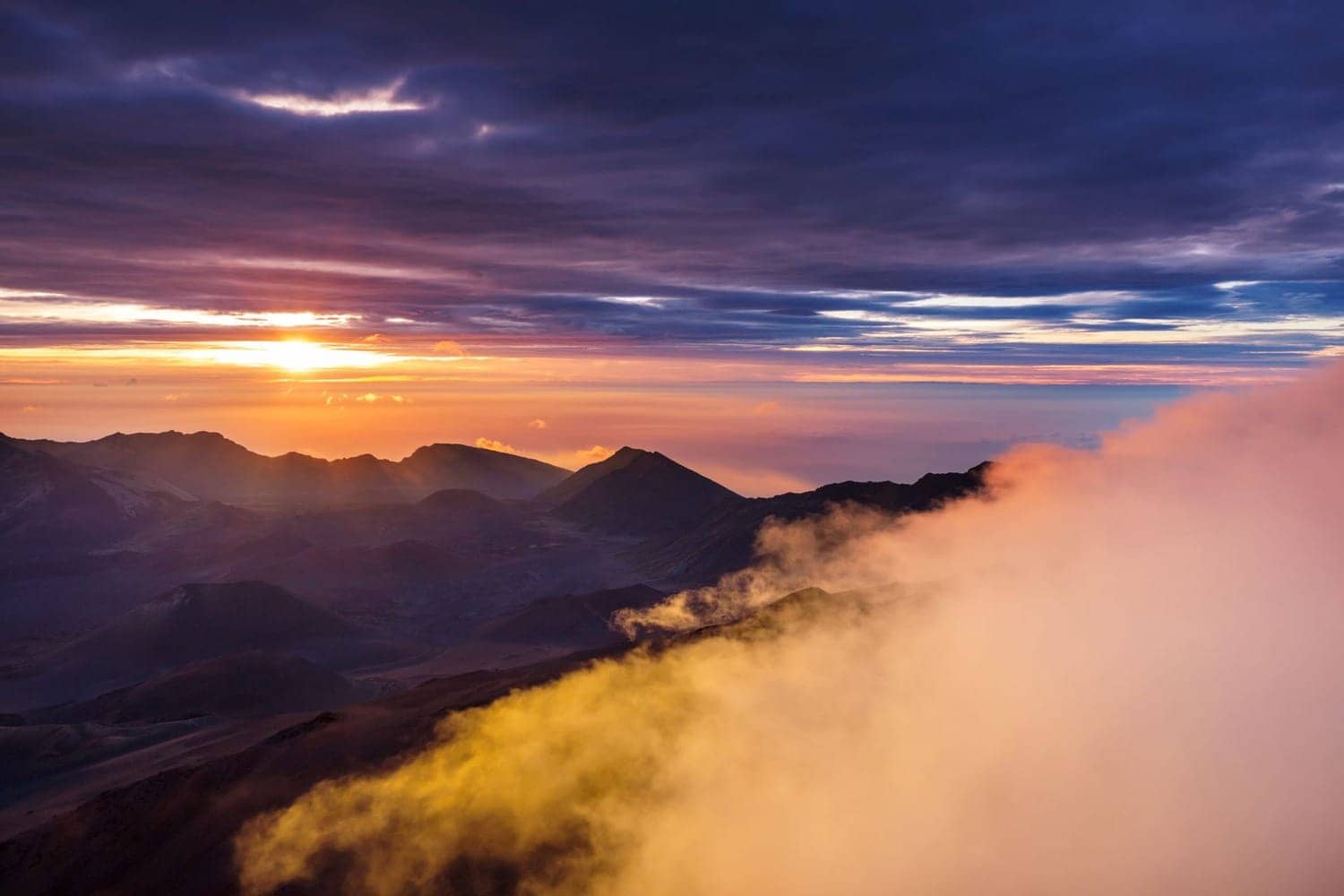
Haleakalā and Hawaiian Mythology
First things first, let’s talk about Hawaiian mythology and how it’s related to Haleakalā National Park.
The Story of Maui and the Sun
You can’t talk about Haleakalā without talking about Maui, the demigod of Hawaiian mythology. He is believed to have created the Hawaiian islands and trapped the sun inside the crater of Haleakalā. He did this so his mother Hina could have more daylight to dry her tapa cloth.
This story shows the importance of Haleakalā in Hawaiian culture. It’s how deeply connected the volcano is to their stories.
A Sacred Summit
The mountain is more than just a mythological setting. In fact, for Hawaiians, the summit of Haleakalā is a sacred place. It’s where ancient Hawaiians performed important ceremonies to honor their ancestors and the gods.
Today, many still hike to the summit for spiritual reflection and continue this tradition and connect with their heritage. Visitors, on the other hand, can go and take a stargazing tour in Maui to the summit, and we highly recommend it if you have the chance.
This ongoing practice shows the ongoing spiritual connection Hawaiians have with Haleakalā.
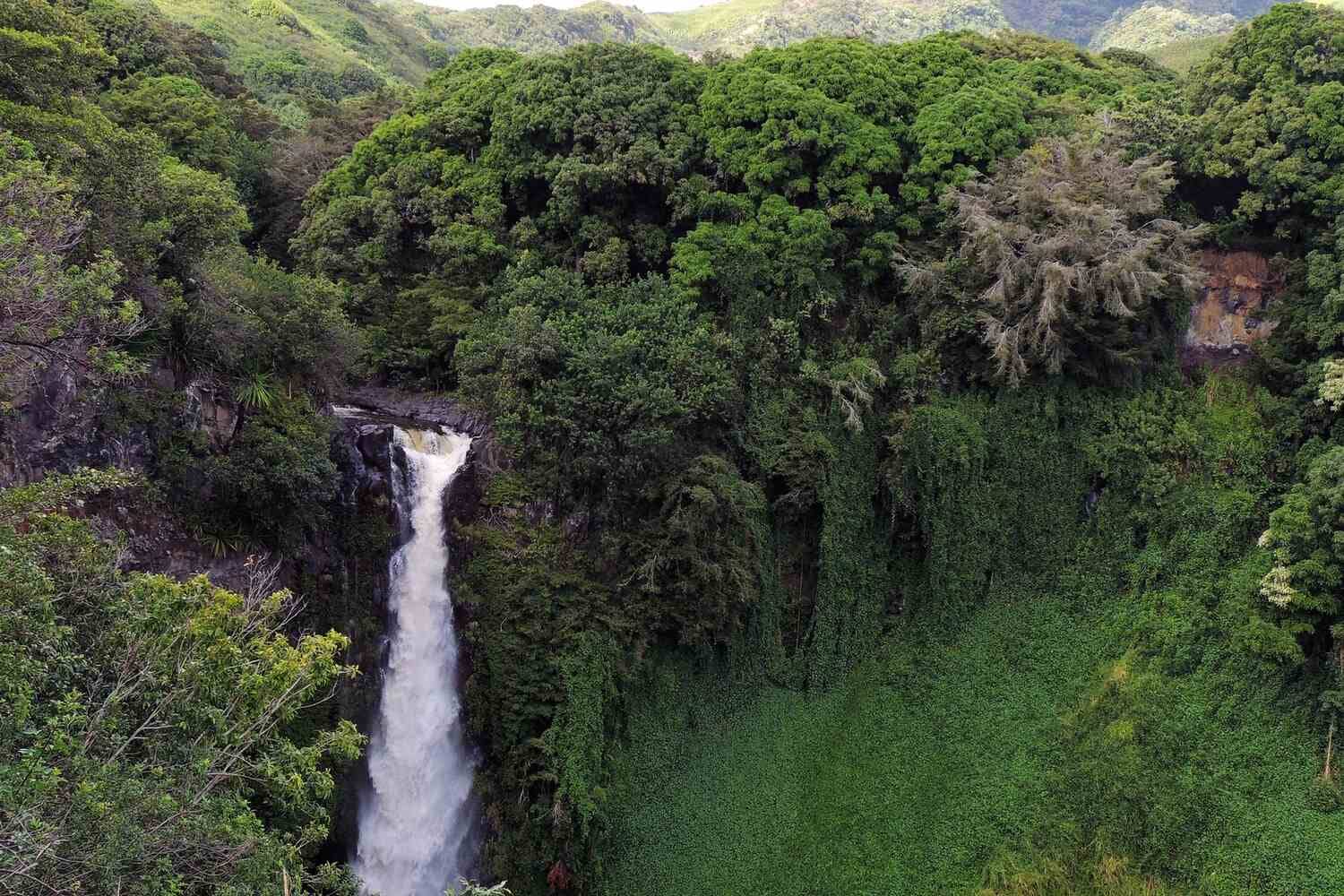
Biodiversity Hotspot
Beyond its spiritual significance, Haleakalā is important to the ecosystem. This dormant volcano has become an unlikely haven for endemic species in Maui.
The isolation and varied landscape of this high country created unique evolutionary pathways resulting in high species diversity.
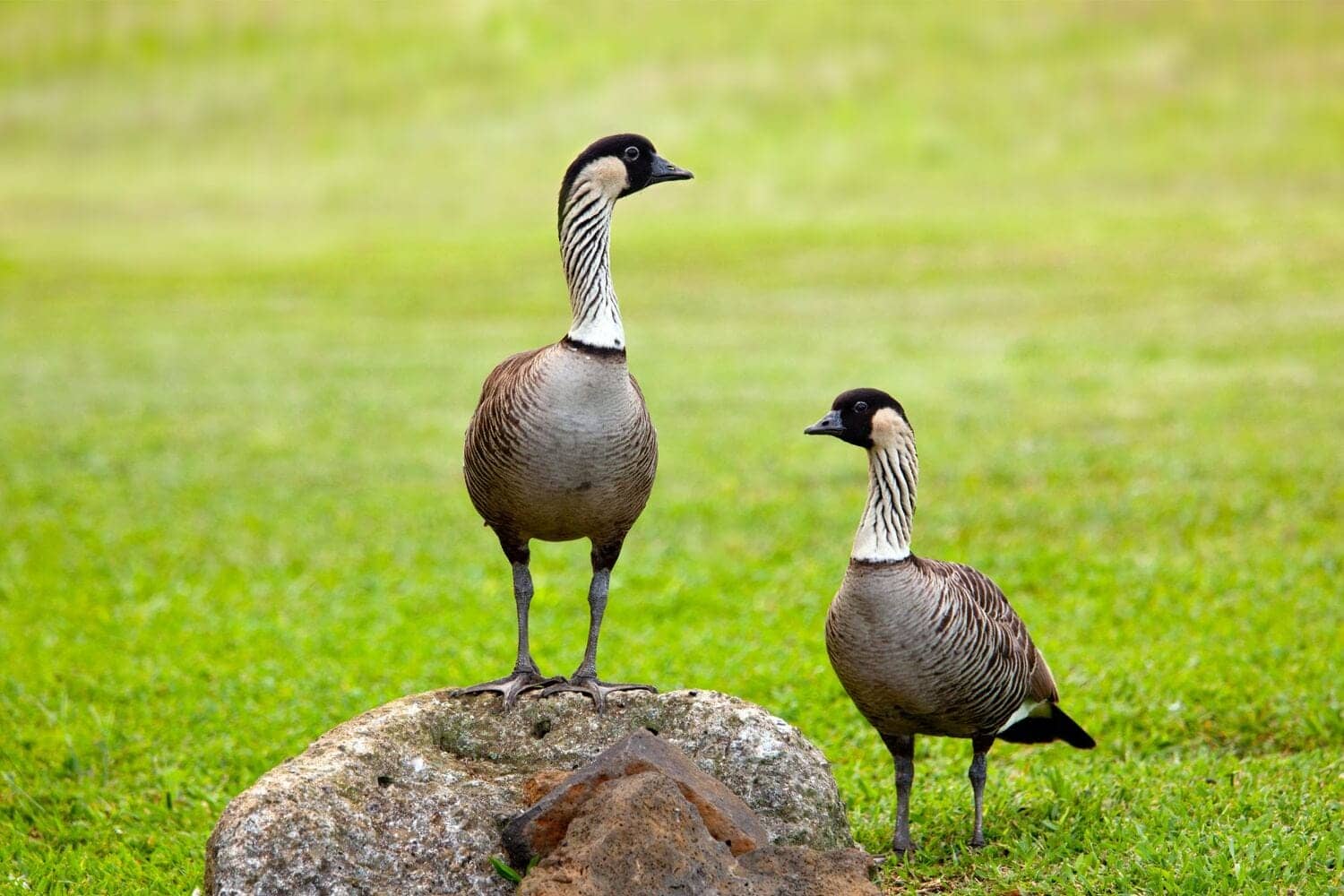
Rare and Endangered Species
More than 750 native plant species thrive within the park. It’s a remarkable collection, and many face an uncertain future. You’ll find endangered animals at Haleakalā as well, showcasing the delicate balance of this ecosystem.
This includes the iconic Nēnē, the state bird of Hawaii. Once on the verge of extinction, dedicated conservation efforts have brought back this species, with Haleakalā playing a vital role in its ongoing survival.
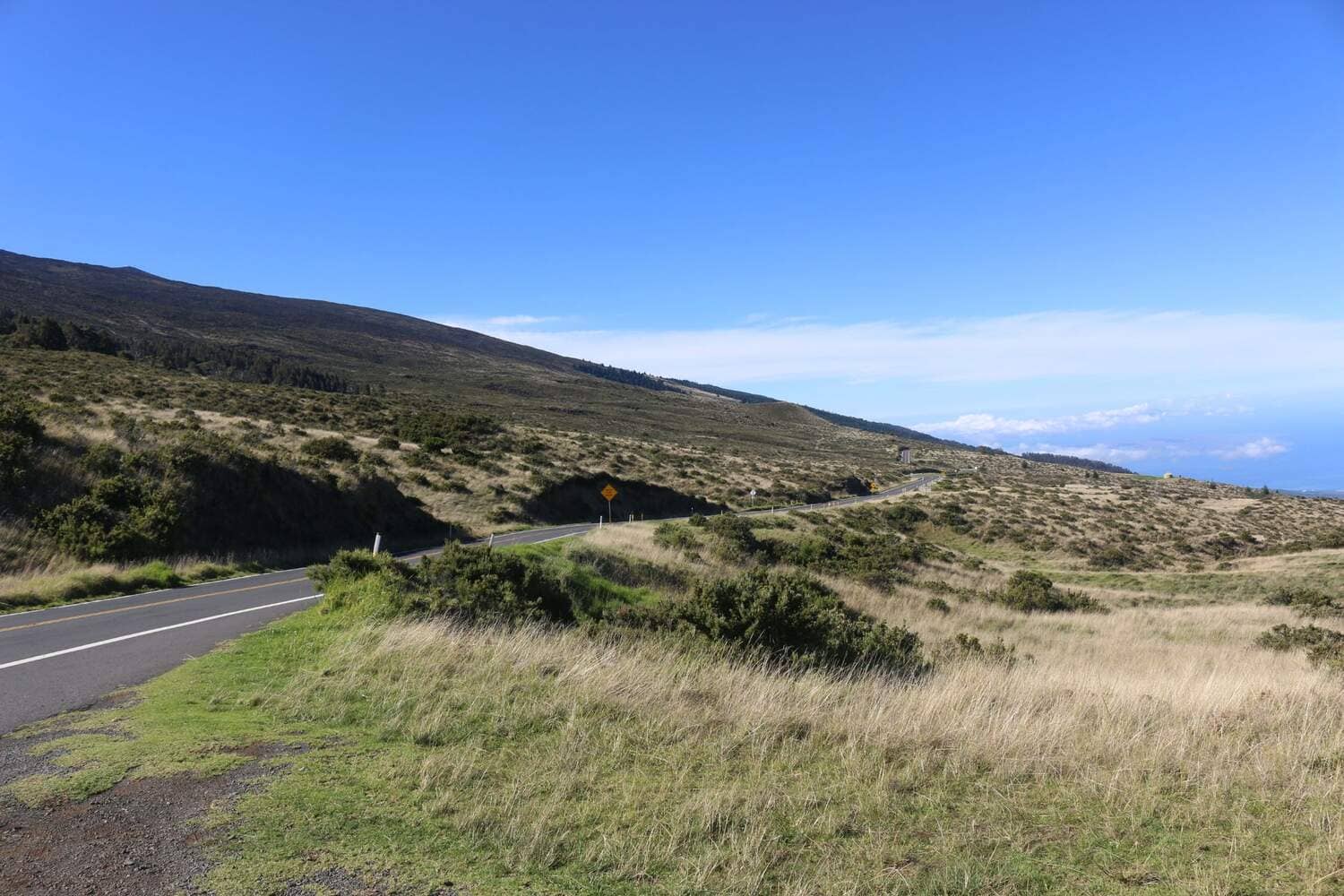
The Biodiversity at Haleakalā National Park
Established in 1916, Haleakalā National Park protects this natural treasure. This protection goes beyond rules. Park rangers and scientists do research, monitor endangered populations, and educate the public on conservation efforts.
Of course, they (and local Hawaiians too) want to preserve this place for future generations. But we can’t do it alone; every visitor to Haleakalā can help through responsible tourism.
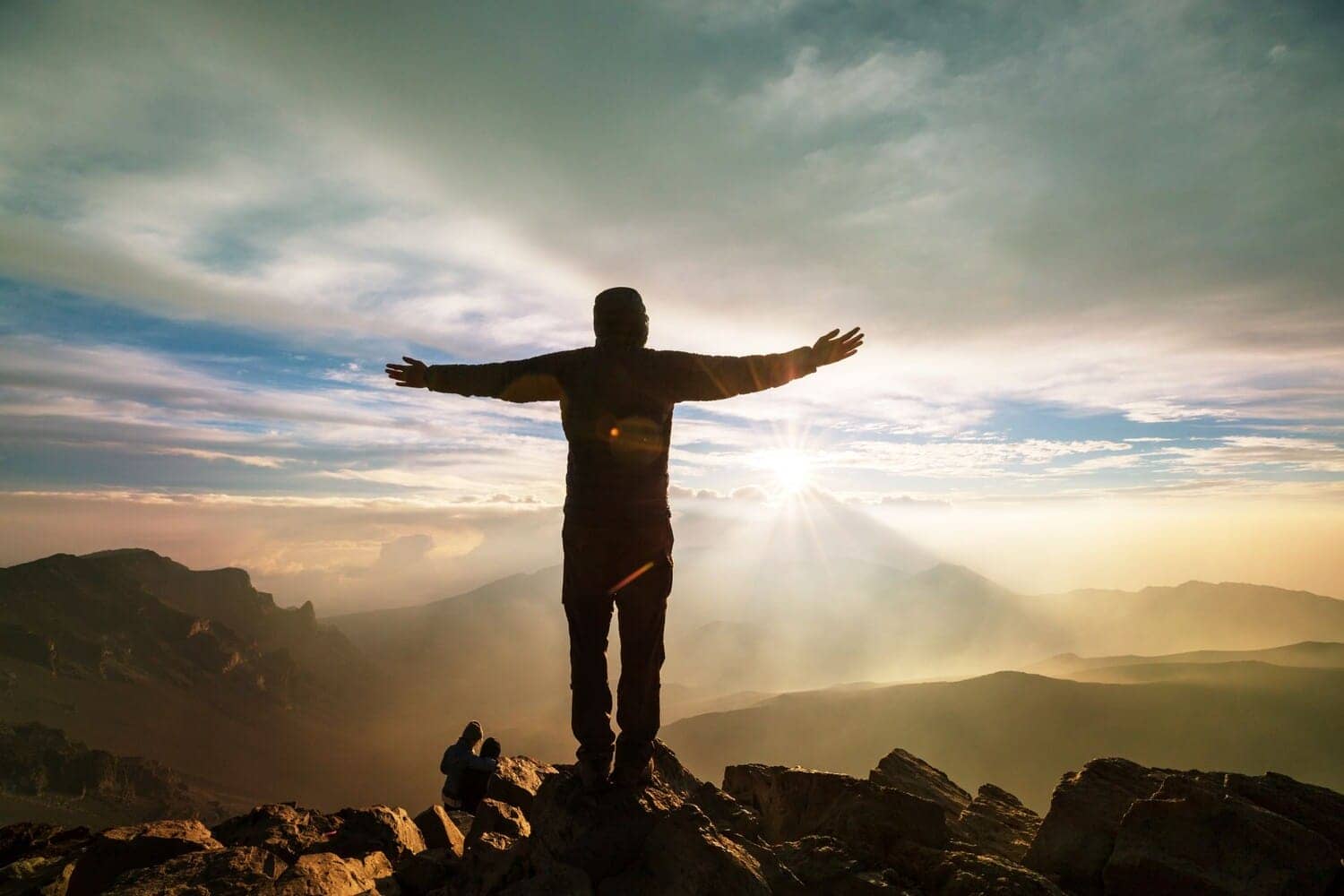
Experiencing Haleakalā
Many come from all over to see the sunrise from the summit, a beauty that’s hard to resist. Others hike the crater floor to get some adventure and to see the volcano up close.
Haleakalā National Park on Maui is like stepping onto another planet. This giant shield volcano is a total stunner. The top must-do is watching the sunrise or sunset at Haleakalā; the colors are insane!
For the early risers, sunrise viewing requires a reservation so book that ahead. It’s also really cold up there, as temperatures can drop below freezing at 10,000 feet, so dress in layers, especially if you go stargazing in Maui.
For the adventurers, hike the Sliding Sands Trail which goes into the crater and has views of the cinder cones and rare plants. It’s a tough hike back up though so bring lots of water and snacks.
Weather can change fast – sun, rain, wind. And remember the park is a protected area so stay on the trails and pack it in, pack it out. Totally worth it!
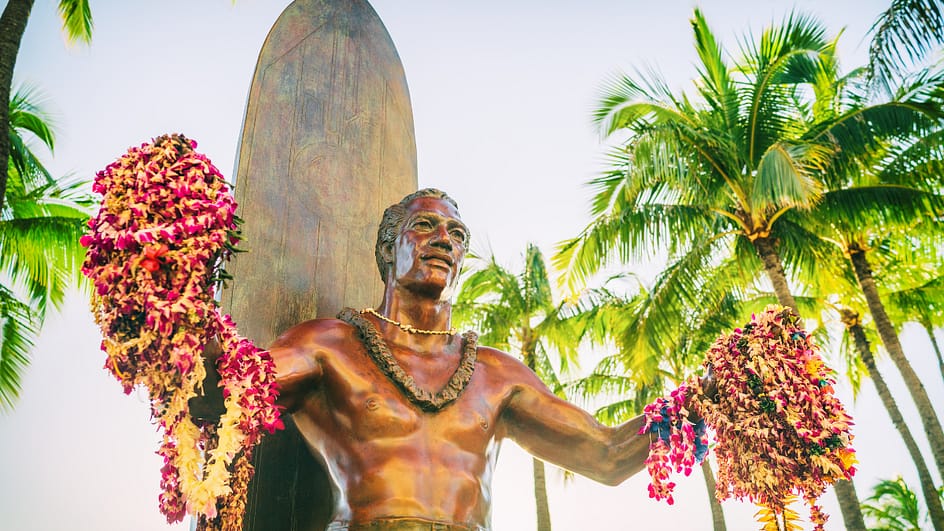
Conclusion:
Haleakalā is not just about the pretty pictures. From vibrant stories and deep spiritual beliefs to amazing biodiversity, Haleakalā’s importance resonates across time and nature.
To see the sunrise from the top or hike the trails and see the unique plants and animals is to see the connection between Hawaiian culture and the land. Haleakalā is the embodiment of their history, beliefs, and respect for the land.
Frequently Asked Questions
How Old is Haleakalā?
Geologists say Haleakalā last erupted between 145,000 years ago. Although that’s relatively young geologically, Haleakalā has been on Maui for much longer.
Volcanoes grow from the ocean floor over thousands of years. Haleakalā’s story goes beyond its last eruption, its existence is a testament to the forces that formed the Hawaiian Islands.
Is Haleakalā National Park Worth Visiting?
Yes, Haleakalā National Park is a must-see when traveling to Maui! Dramatic landscapes and views from the top, it’s like nowhere else on earth.
Catch a magical sunrise, hike the Sliding Sands trail, and spot rare wildlife – That’s only one of the things you’ll find in the national park.
The weather changes with each visit. Just book your sunrise in advance, dress warm and bring your camera for taking photos to take back home!
Can you Drive to the Summit of Haleakalā?
Yes, you can drive to the top. A winding paved road takes you to the 10,023-foot summit of Haleakalā. But be warned this is an adventure itself.
The road twists and turns with great views. However, due to the high elevation, the park service recommends you check your car and your body as altitude sickness is a concern.
Share:
